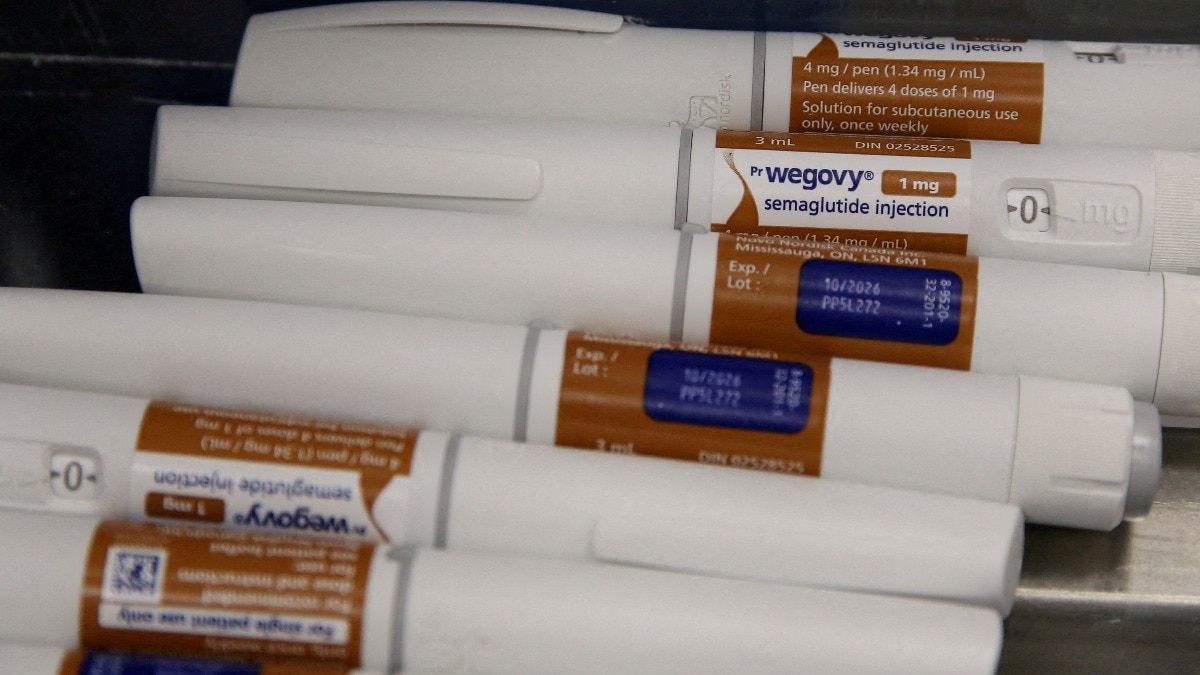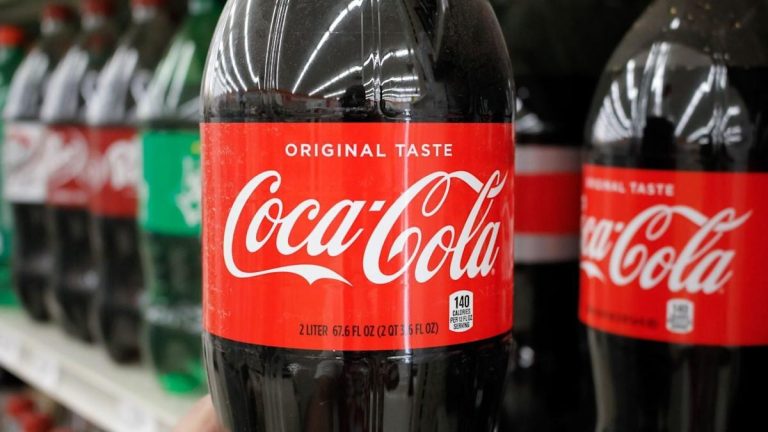In a strong debut, Wegovy, India’s first injectable semaglutide for chronic weight management, recorded Rs 2.54 crore in sales in June 2025—matching the monthly run rate of Mounjaro (tirzepatide), which posted Rs 50 crore in its first quarter after launching in March, including Rs 3 crore in that month alone.
The parallel uptake of both therapies shows a move in India’s obesity drug market, long dominated by older, less effective options.
GLP-1 Drugs Capture Bulk of Market Share
India’s anti-obesity segment has grown nearly fivefold over five years to reach Rs 628 crore (MAT June 2025), according to Pharmarack. GLP-1-based therapies are now driving this growth. Semaglutide leads with a 66% share (Rs 412 crore), while Mounjaro has captured 8% (Rs 50 crore) in just three months. Together, they account for nearly 75% of the market by value.
Older molecules such as Orlistat (Rs 78 crore) and Dulaglutide (Rs 64 crore) are witnessing steady declines, as physicians and patients shift towards newer drugs that offer better outcomes.
“These launches are expected to drive physician engagement and patient adoption, ultimately accelerating growth and shaping new standards in obesity management,” says Kshipra Karkare, Manager – Commercial, Pharmarack.
Wegovy Gains Early Traction Despite Premium Pricing
In its first month, Wegovy sold over 1,800 units across five titration-based dosages, per Pharmarack. The 0.25 mg and 0.5 mg FlexTouch syringes contributed a combined Rs 1.35 crore. It is the first injectable therapy in India specifically approved for chronic weight management.
“This encouraging start reflects strong physician support and high patient willingness to adopt new, advanced therapies despite premium pricing,” Karkare noted in the report.
Wegovy is priced in India based on dosage tiers. The starting doses—0.25 mg, 0.5 mg, and 1.0 mg—are priced at Rs 4,336.25 per week, or Rs 17,345 for a four-week supply. Higher doses of 1.7 mg and 2.4 mg cost Rs 6,070 and Rs 6,503.75 per week respectively, amounting to Rs 24,280 and Rs 26,015 for four weeks. This tiered pricing allows for gradual dose escalation while helping patients adapt both clinically and financially, the company stated at the time of launch.
Wegovy is indicated for adults with obesity or overweight who also have weight-related conditions. It is the first drug in India approved for both weight management and reduction of major adverse cardiovascular events in individuals with established heart disease.
Delivered via a pre-filled pen in five dose strengths, the drug mimics GLP-1 (glucagon-like peptide-1), a hormone that regulates appetite, increases satiety, and reduces cravings. It also provides cardiometabolic benefits.
Clinical trial data show that approximately one in three patients treated with Wegovy, alongside lifestyle changes, achieved 20% or more weight loss. In patients with obesity and cardiovascular disease, it reduced the risk of heart attack, stroke, or cardiovascular-related death by 20%.
Eli Lilly’s Mounjaro (tirzepatide), another once-weekly injectable, is approved for both diabetes and obesity. It targets both GLP-1 and GIP receptors and entered the Indian market in March 2025.
Mounjaro is priced between Rs 14,000 and Rs 17,500 per month, with 2.5 mg and 5 mg doses priced at Rs 3,500 and Rs 4,375 per injection respectively. According to Pharmarack, the drug recorded Rs 24 crore in sales within its first three months in India, indicating rising demand for weight loss therapies.
Previously, semaglutide was only available in oral form in India, primarily for diabetes and occasionally prescribed off-label for obesity. Global data show the injectable version delivers 15–17% average weight loss—significantly higher than older treatments like Orlistat.
Obesity Care Emerges as a Key Pharma Opportunity
With India’s obesity prevalence rising, the anti-obesity drug segment is expected to become a major growth driver within the pharmaceutical market.
“With Wegovy Mounjaro’s sales picking up, we are seeing an intensification of the scientific and commercial race for weight loss leadership in India,” said Vishal Manchanda, Senior Vice President–Institutional Research at Systematix, a stock broking firm.
The overlap between obesity and diabetes care is also expanding, creating a market for dual-action therapies like GLP-1 and GIP receptor agonists.
India’s anti-obesity drug market—currently valued between Rs 3,000 and Rs 3,500 crore—is projected to grow nearly eightfold to Rs 25,000 crore by 2030, according to estimates by IMARC.







